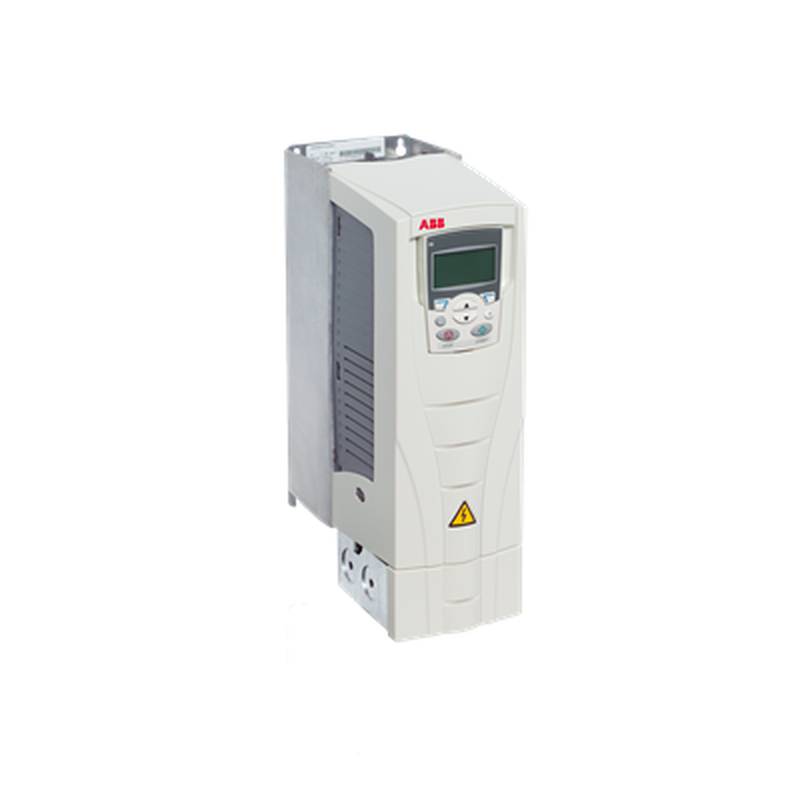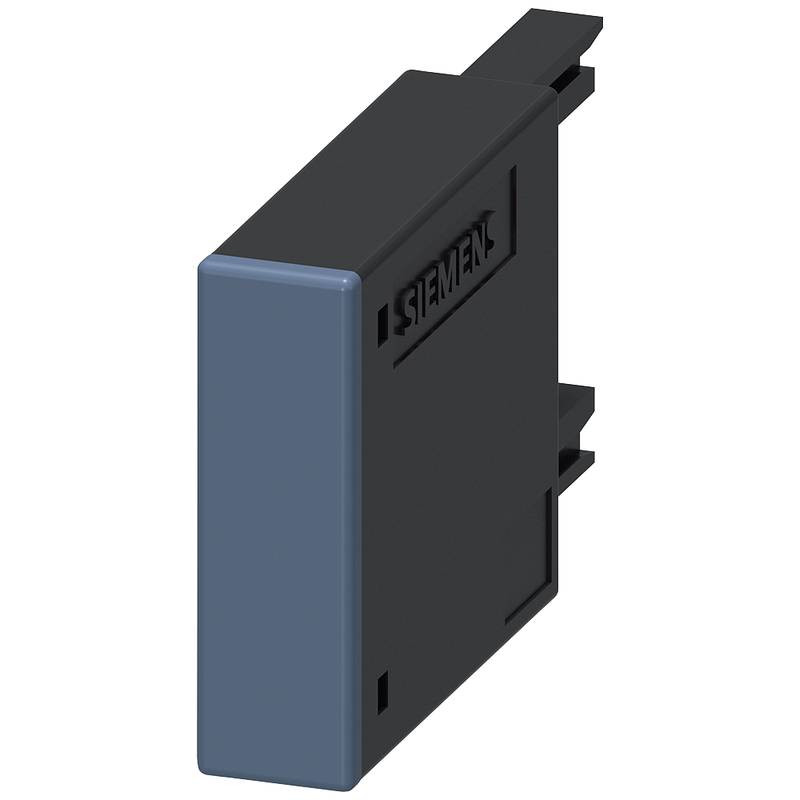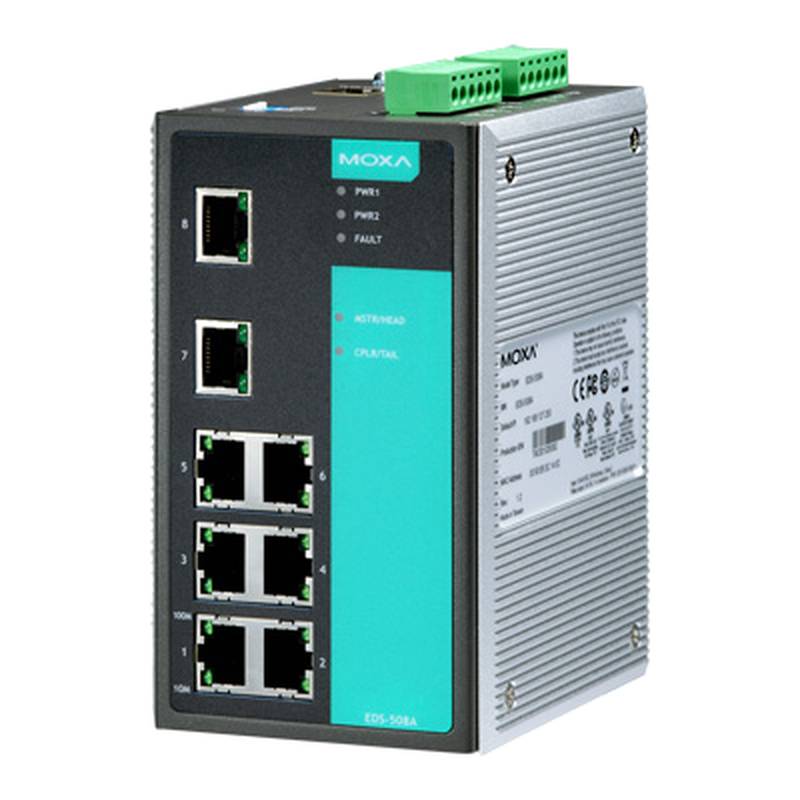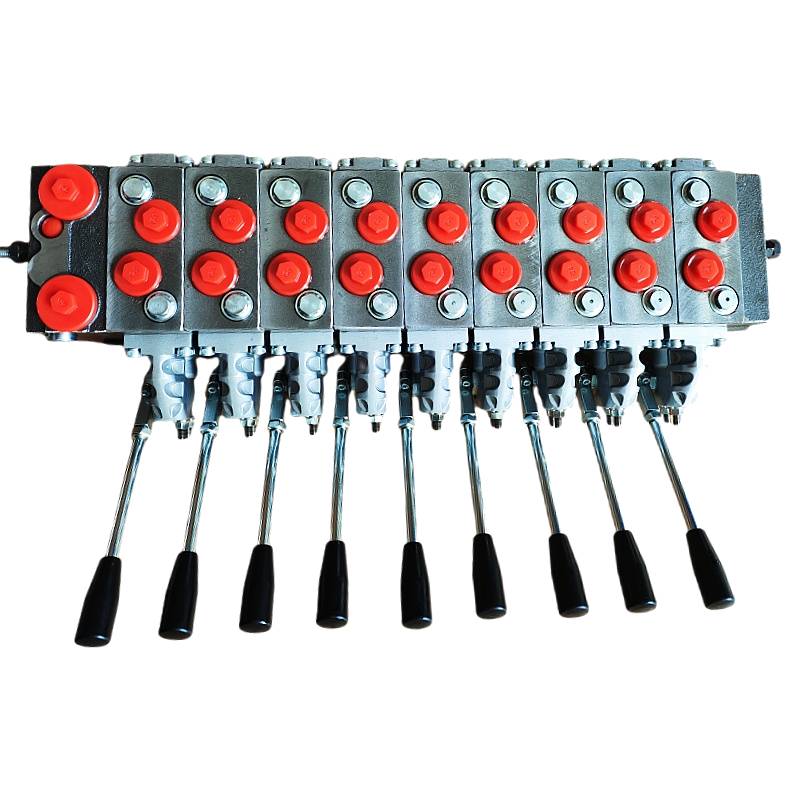
The ABB ACS510-01-125A-4 is a robust and versatile variable frequency drive (VFD) designed for a wide range of industrial applications. Offering a nominal output current of 125A and operating on a 3-phase power supply, this drive excels in motor control, delivering precise speed regulation and significant energy savings. Its intuitive user interface, comprehensive feature set, and robust construction make it a compelling choice for professionals seeking reliable and efficient motor control solutions. Key advantages include enhanced energy efficiency, improved process control, and reduced mechanical stress on equipment.
Product Specifications
| Parameter | Value |
| :---------------------- | :--------------------------------------- |
| Model | ACS510-01-125A-4 |
| Phase | 3-phase |
| Nominal Output Current | 125 A |
| Output Power (230V) | 55 kW / 75 HP |
| Output Power (400V) | 75 kW / 100 HP |
| Input Voltage Range | 380-415 V |
| Protection Class | IP21 |
| Mounting | Wall or cabinet |
| Dimensions (H x W x D) | 585 x 225 x 243 mm |
| Weight | Approximately 22 kg |
| Ambient Temperature | -10°C to +40°C (derating applies above) |
Core Features & Market Positioning
The ABB ACS510 series, and specifically the ACS510-01-125A-4, is positioned as a highly reliable and cost-effective solution for general-purpose industrial applications. Its built-in features, such as PID controllers and a programmable relay output, reduce the need for external components, simplifying system design and lowering overall project costs. The drive's robust design and ABB's reputation for quality ensure longevity and consistent performance in demanding environments, differentiating it from less durable competitors. Its user-friendly interface, including a multilingual control panel, facilitates straightforward setup and operation, even for users with limited VFD experience.
Key Application Scenarios
This ABB ACS510-01-125A-4 frequency converter is ideally suited for a diverse array of industrial applications where precise motor speed control and energy efficiency are paramount. Common use cases include pump and fan control in HVAC systems, conveyor systems in material handling, and mixers or extruders in process industries. Its ability to handle varying loads and maintain stable operation makes it a valuable asset in water treatment plants for controlling circulation pumps and in manufacturing for optimising production line speeds. The drive's adaptability allows it to be seamlessly integrated into systems requiring variable torque and constant torque applications alike.
Practical System Integration Guidance
Integrating the ABB ACS510-01-125A-4 into existing systems is streamlined due to its straightforward wiring and programming capabilities. For power connections, ensure the supply voltage matches the drive's specifications (380-415V, 3-phase). Motor connections should be made to terminals U, V, and W, observing correct phasing. Grounding is essential for safety and proper operation; connect the protective earth terminal securely. For control signals, utilize the digital and analog inputs for remote start/stop, speed reference, and feedback. Basic programming can be accomplished via the control panel, setting essential parameters like motor nominal current, nominal voltage, and desired speed ranges. For more complex automation, fieldbus adapters (e.g., Modbus, Profibus) can be employed for seamless communication with PLC systems.
Operation and Risk Mitigation
Safe operation of the ABB ACS510-01-125A-4 requires adherence to electrical safety standards and proper installation practices. Always ensure the drive is de-energized before performing any wiring or maintenance. The drive's built-in protection functions, such as overcurrent, overvoltage, and undervoltage protection, help mitigate many common operational risks. Familiarize yourself with the fault codes displayed on the control panel; for instance, "F001 Overcurrent" typically indicates a motor or drive issue requiring immediate investigation. "F002 Overvoltage" suggests a problem with the incoming power supply or regenerative braking. Consulting the drive's manual for specific fault code explanations and troubleshooting steps is crucial for effective risk mitigation and to prevent potential equipment damage.
Scalability & Long-Term Value
The ABB ACS510-01-125A-4 offers a degree of scalability and long-term value through its compatibility with ABB's broader automation ecosystem and its robust design. While this specific model is a standalone unit, its programming flexibility allows for adjustments to accommodate evolving process requirements. For larger-scale projects or those requiring advanced diagnostics and IIoT integration, the ACS510 can serve as a reliable component within a distributed control system, communicating via optional fieldbus modules. Its durable construction, designed for industrial environments, ensures a long operational lifespan, minimizing replacement costs and contributing to the overall return on investment. ABB's continued support and availability of spare parts further enhance its long-term value proposition.
Frequently Asked Questions
What is the typical power consumption of the ABB ACS510-01-125A-4 drive?
The drive itself consumes minimal power in standby, acting as an efficient regulator. Its primary function is to reduce the motor's energy use.
Actual consumption varies greatly with motor load and speed settings. It optimises motor efficiency, leading to significant savings.
Users can monitor real-time power consumption via the drive's display panel or connected monitoring systems.
How do I connect a motor to the ABB ACS510-01-125A-4?
Connect the motor leads to terminals U, V, and W on the drive. Ensure correct phasing for clockwise rotation.
Use appropriately sized, shielded motor cables to minimise electrical noise and interference. Follow torque specifications for terminal connections.
Always verify motor nameplate data against drive parameters like nominal voltage and current for optimal performance and protection.
What are the common fault codes for the ABB ACS510-01-125A-4?
F001 indicates overcurrent, often due to motor overload or short circuit. F002 signals overvoltage, potentially from power supply issues.
F003 relates to undervoltage, which might stem from a weak input power source. F004 signifies motor overtemperature, requiring checks on motor ventilation.
Refer to the ACS510 manual for a complete list and specific troubleshooting guidance for each fault code.
Can the ABB ACS510-01-125A-4 be used with single-phase motors?
No, the ABB ACS510-01-125A-4 is specifically designed for three-phase motors. It requires a three-phase input power supply.
Operating a single-phase motor directly from this drive is not supported and can cause damage. Special phase converters would be needed, but this is not typical usage.
For single-phase motor control, ABB offers different drive series or requires the use of a three-phase motor.
What is the maximum operating temperature for the ABB ACS510-01-125A-4?
The drive can operate reliably up to an ambient temperature of +40°C without derating. Beyond this, performance may be affected.
For continuous operation between +40°C and +50°C, output current derating is necessary to prevent overheating. Consult the manual for derating curves.
Ensuring adequate ventilation around the drive is critical, especially in high ambient temperature environments, to maintain optimal operating conditions.
How do I set up the ABB ACS510-01-125A-4 for a specific motor?
Access the parameter menu to input motor data: nominal voltage, current, frequency, and speed. These are critical for accurate control.
Configure start/stop commands, speed references (e.g., analog input, keypad), and any required protective functions or alarm settings.
Perform an auto-tune function if available to optimize drive performance based on the connected motor's characteristics for maximum efficiency.
What are the safety precautions when installing the ABB ACS510-01-125A-4?
Always disconnect main power before any wiring. Ensure proper grounding of the drive and motor for electrical safety.
Install the drive in a clean, dry environment with adequate ventilation to prevent overheating and dust accumulation. Follow local electrical codes.
Use appropriate Personal Protective Equipment (PPE) during installation and maintenance procedures. Lockout/tagout procedures are mandatory.
Does the ABB ACS510-01-125A-4 support fieldbus communication?
Yes, optional fieldbus modules are available for communication with common industrial networks like Modbus RTU, Profibus DP, and DeviceNet.
These modules allow for remote control, monitoring, and parameterization of the drive via a PLC or control system. Integration into automation networks is greatly simplified.
Ensure the correct fieldbus module is selected and properly configured according to the network protocol and system requirements.
What is the IP rating of the ABB ACS510-01-125A-4?
The ABB ACS510-01-125A-4 has an IP21 protection class rating. This signifies protection against solid objects larger than 12.5 mm and vertically falling water drops.
While offering basic protection against ingress, IP21 is suitable for clean industrial environments where direct water spray or heavy dust is not a concern.
For applications requiring higher protection against dust and moisture, consider enclosures or drives with higher IP ratings.
How can I improve energy efficiency with the ABB ACS510-01-125A-4?
Run motors at the lowest speed required for the application; even small speed reductions yield significant energy savings. Utilize the drive's built-in energy saving functions.
Implement proper motor sizing and ensure motor efficiency class is high. The ACS510 actively optimizes power delivery to the motor.
Regularly monitor energy usage and adjust drive parameters as process needs change to maintain peak efficiency and identify further savings opportunities.

























